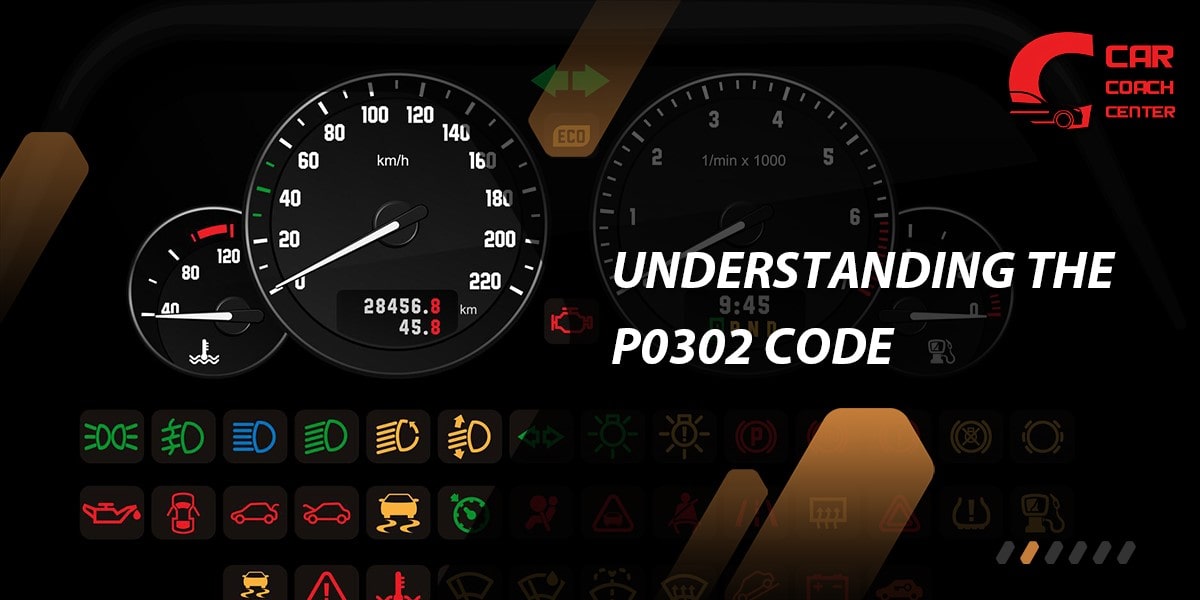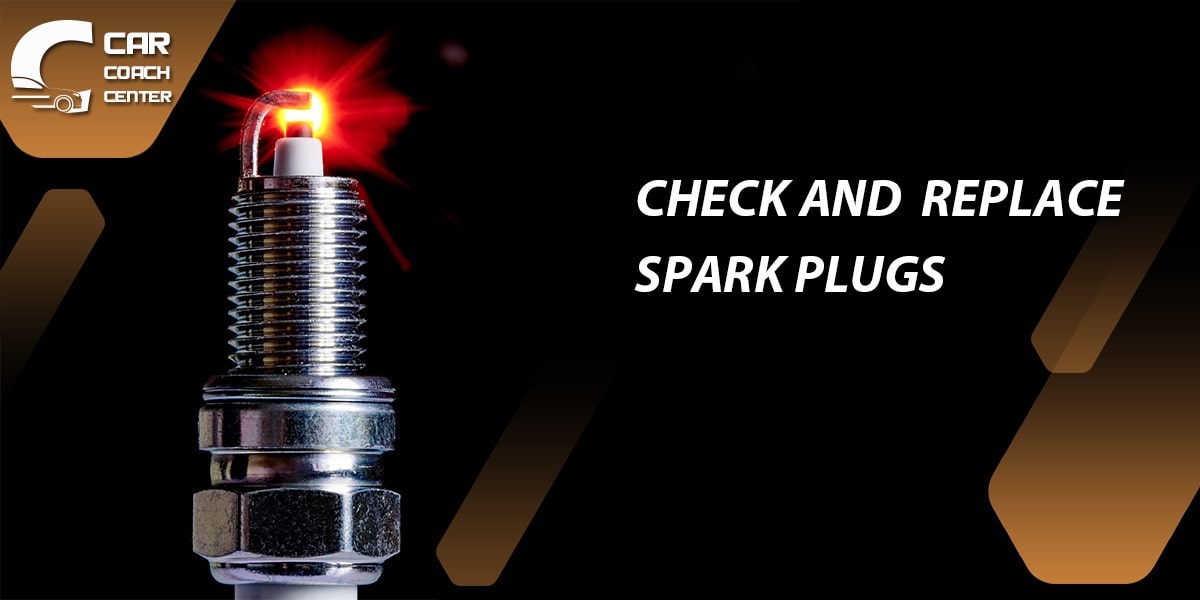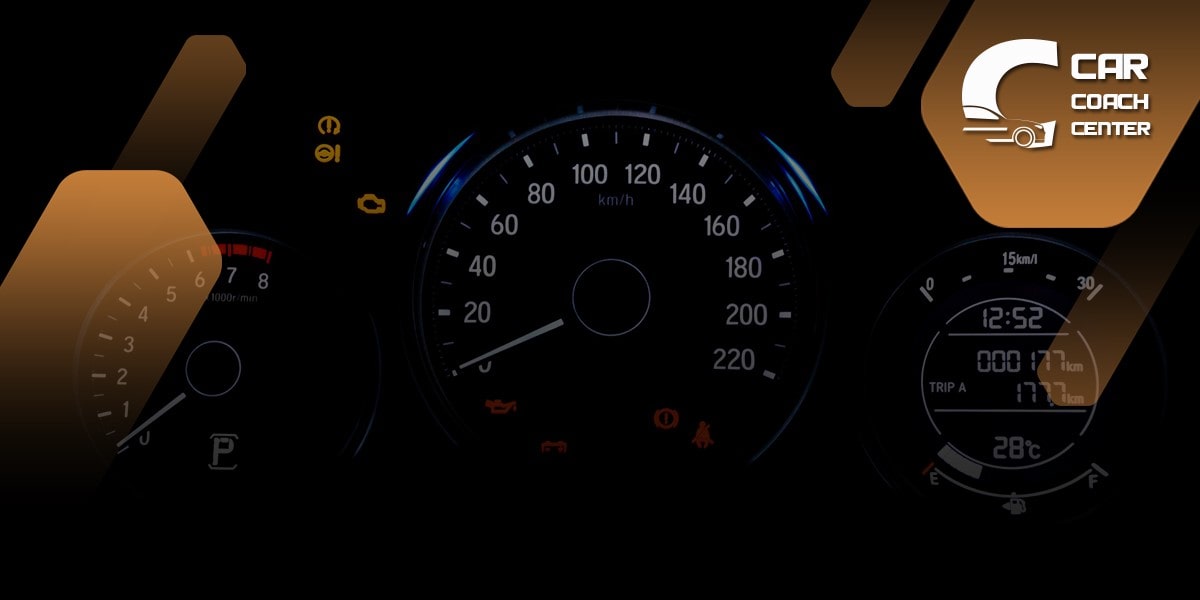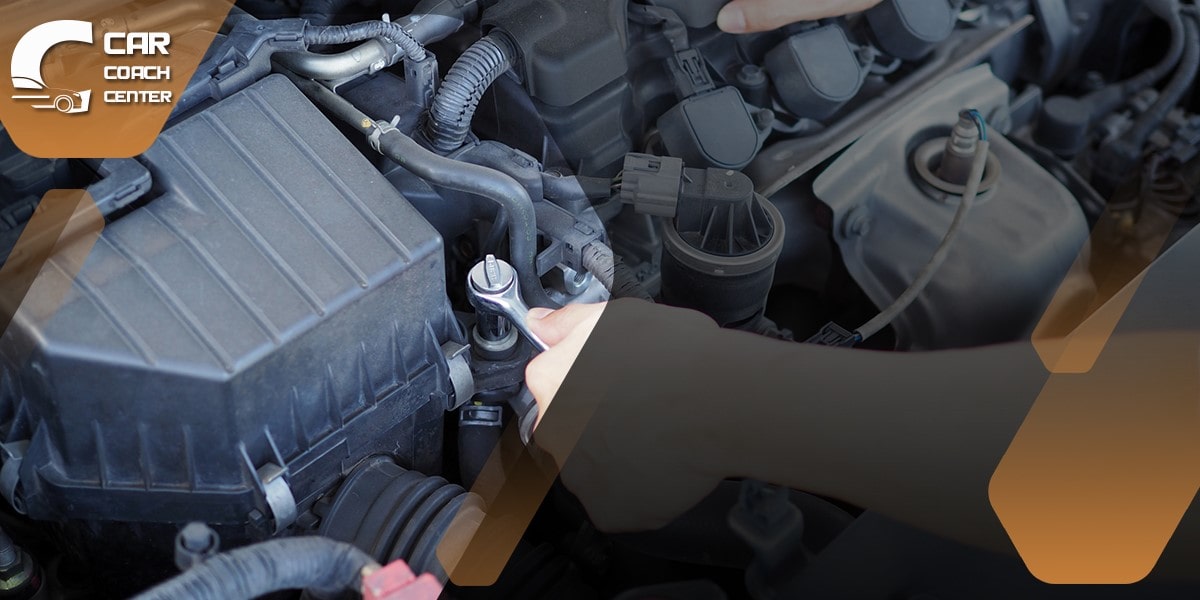Can I Drive My Car With A p0302 Code
When it comes to our cars, unexpected issues can arise, leaving us wondering about the safety and feasibility of driving them. One such concern is the dreaded P0302 code, indicating a misfire in the second cylinder of the engine. Whether you’re a seasoned car enthusiast or a casual driver, understanding the implications of this code is crucial for making informed decisions.
In this article, we will delve into the world of the P0302 code and explore whether driving your car with this issue is safe. We will discuss the potential consequences, safety considerations, short-term solutions, long-term risks, and the importance of seeking professional assistance. So, let’s embark on this journey to gain clarity on whether you can confidently hit the road with a P0302 code or if it’s time to take immediate action to address the problem.

Understanding the P0302 Code
The P0302 code is a specific diagnostic trouble code (DTC) related to a misfire detected in the second cylinder of the engine. To comprehend its implications and potential consequences, it’s essential to understand its underlying causes clearly.
The misfire indicated by the P0302 code occurs when the air-fuel mixture in the second cylinder fails to ignite properly, resulting in incomplete combustion. Several factors can contribute to this issue, the most common being faulty spark plugs, fuel injectors, or ignition coils.
Spark plugs are vital in igniting the air-fuel mixture within the combustion chamber. Over time, they can wear out, become fouled, or develop a weak spark, leading to an insufficient combustion process. Similarly, fuel injectors can become clogged, affecting the fuel delivery to the cylinder and resulting in a misfire. Faulty ignition coils, responsible for providing the high voltage required to create a spark, can also lead to an inconsistent or weak spark, causing a misfire in the second cylinder.
Impact on Engine Performance
A misfire indicated by the P0302 code can have significant implications for the overall performance of your vehicle’s engine. Understanding these effects is crucial to assess whether it is safe to continue driving with the code or if immediate action is required.
Rough Idle
A rough or shaky idle is one noticeable symptom of a misfire in the second cylinder. When the cylinder fails to ignite properly, it creates an imbalance in the engine’s rotational forces, resulting in an irregular and unstable idle. This can make your car feel rough, vibrating, and less refined when idling, causing discomfort and potentially affecting other vehicle components.
Decreased Power
A misfire in the second cylinder can also lead to a noticeable decrease in engine power. As one of the cylinders fails to contribute its share of power during the combustion process, the overall power output of the engine is compromised. This can result in reduced acceleration, sluggishness, and difficulty maintaining higher speeds. It may also impact your vehicle’s towing capacity, making it less capable of handling heavier loads.
Increased Fuel Consumption
An unaddressed misfire can lead to increased fuel consumption. When the air-fuel mixture fails to ignite properly in the second cylinder, the unburned fuel is wasted, resulting in reduced fuel efficiency. The engine compensates for the misfire by injecting more fuel into the other cylinders, causing an imbalance in the fuel-to-air ratio and leading to higher fuel consumption. This can directly impact your wallet, as you frequently visit the fuel station.

Potential Damage to Catalytic Converter
Continuing to drive with a misfire can also pose a risk to your vehicle’s catalytic converter. The unburned fuel from the misfiring cylinder can reach the exhaust system and the catalytic converter. Over time, the excessive fuel can cause the catalytic converter to overheat and potentially fail, leading to costly repairs or replacement.
Safety Considerations
When faced with a P0302 code indicating a misfire in the second cylinder, it is essential to prioritize safety above all else. Ignoring the issue or continuing to drive the vehicle without addressing the underlying problem can lead to potential risks and hazards. Here are some important safety considerations to keep in mind:
Reduced Control
A misfire can affect the engine’s performance, decreasing power and responsiveness. This can impact your ability to control the vehicle effectively, especially when quick acceleration or deceleration is required. It may compromise your ability to safely maneuver the car, potentially increasing the risk of accidents, especially in critical situations such as merging onto highways or overtaking other vehicles.
Increased Stalling Risk
A severe misfire can cause the engine to stall unexpectedly. This can be particularly dangerous in heavy traffic or at high speeds, as it can lead to a sudden loss of power steering, brakes, and other critical systems. Stalling in the middle of the road can increase the likelihood of accidents and put yourself and others at risk.
Engine Overheating:
A misfire can disrupt the engine’s functioning, potentially leading to overheating. Incomplete combustion in the second cylinder can cause unburned fuel to enter the exhaust system and reach the catalytic converter and the engine’s cooling system. Over time, this can result in excessive heat build-up, potentially causing damage to engine components, such as the cylinder head, gaskets, or pistons. Engine overheating can also lead to catastrophic failures if not addressed promptly, leaving you stranded on the road.
Catalytic Converter Damage
Continuing to drive with a misfire can also harm the catalytic converter. The unburned fuel reaching the catalytic converter can cause it to overheat and potentially fail. Apart from the financial implications of repairing or replacing the catalytic converter, a malfunctioning converter can negatively impact the vehicle’s emissions, potentially leading to environmental concerns.
Short-Term Solutions
If you find yourself with a P0302 code indicating a misfire in the second cylinder, there are some short-term solutions you can consider before seeking professional assistance. While these solutions may provide temporary relief, it is important to note that they do not address the root cause of the misfire. Here are a few short-term measures you can take:
Check and Replace Spark Plugs
Faulty or worn-out spark plugs are a common cause of misfires. Begin by inspecting the spark plugs in the affected cylinder. If you notice any signs of wear, such as eroded electrodes or heavy carbon deposits, it is advisable to replace the spark plugs. Use the recommended type and properly gap the new spark plugs before installation.

Swap Ignition Coils
If your vehicle has individual ignition coils per cylinder, you can swap the ignition coil from the second cylinder with one from a different one. This can help determine if the problem lies with the coil itself. If the misfire code follows the swapped coil to the new cylinder, it indicates a faulty coil that requires replacement.
Clean or Replace Fuel Injectors
In some cases, clogged or malfunctioning fuel injectors can cause a misfire. Consider using a fuel injector cleaner additive to clean the injectors. Follow the instructions provided by the manufacturer for the proper usage. If the misfire persists, it may be necessary to have the fuel injectors professionally cleaned or replaced.
Clear Fault Codes
After attempting these short-term solutions, you can use an OBD-II scanner or code reader to clear the fault codes. This will reset the Check Engine Light temporarily. However, it is important to note that the code will likely reappear if the underlying issue is not addressed.
Long-Term Consequences
Driving with a P0302 code indicating a misfire in the second cylinder can have significant long-term consequences for your vehicle. While short-term solutions may provide temporary relief, ignoring or delaying the resolution of the underlying issue can lead to more severe problems. Here are some potential long-term consequences to consider.
Increased Engine Damage
Continuing to drive with a misfire can lead to additional damage to your engine over time. The unburned fuel from the misfiring cylinder can cause the catalytic converter to overheat, potentially failing. Moreover, the misfire can increase stress on other engine components, such as the piston rings, valves, and cylinder walls. This can eventually cause premature wear and decreased engine performance.
Decreased Fuel Efficiency
A persistent misfire impacts engine performance and leads to decreased fuel efficiency. The unburned fuel from the misfiring cylinder wastes precious fuel and disrupts the proper air-fuel mixture. As a result, your vehicle may experience higher fuel consumption, leading to increased expenses at the fuel pump over time.
Compromised Emissions
A misfire can negatively affect your vehicle’s emissions. The unburned fuel reaching the catalytic converter can cause it to overheat or become damaged, compromising its ability to reduce harmful emissions. This can result in higher levels of pollutants being released into the environment, contributing to air pollution and potentially causing your vehicle to fail emissions tests.
Escalating Repair Costs
Delaying the resolution of the misfire can lead to escalating repair costs. Ignoring the issue may cause further damage to the engine and other related components, requiring more extensive repairs or engine replacement. These repairs can be significantly more expensive than addressing the issue at its early stages.

Diagnostic Procedures
When facing a P0302 code indicating a misfire in the second cylinder, it is crucial to follow proper diagnostic procedures to identify the underlying cause accurately. While seeking professional assistance from a qualified mechanic or automotive technician is recommended, understanding the diagnostic process can help you make informed decisions. Here are some common diagnostic procedures involved:
Scan for Additional Codes
Begin by using an OBD-II scanner or code reader to retrieve the P0302 code. Check if additional codes are present, as they can provide valuable insights into other potential issues contributing to the misfire. These additional codes can help pinpoint the specific area or component that requires further inspection.
Visual Inspection
Perform a visual inspection of the ignition system, including the spark plugs, ignition coils, and wiring connections. Look for signs of damage, corrosion, or loose connections. Also, inspect the fuel injectors for any signs of leaks or clogging. A thorough visual inspection can reveal obvious issues that require attention.
Cylinder Compression Test
A cylinder compression test can be conducted to assess the second cylinder’s health. This test measures the cylinder’s compression pressure and helps determine any issues with the valves, piston rings, or cylinder walls. Low compression in the second cylinder could indicate internal engine problems, such as worn-out components or a blown head gasket.

Ignition System Testing
The proper functioning of the ignition system is critical for combustion. Testing the ignition coils, spark plugs, and ignition wires can help identify faulty components. This can be done using specialized equipment to measure the voltage output of the coils and inspect the spark plugs for signs of wear, fouling, or improper gaps.
Fuel Injector Testing
Various tests can be performed to assess the fuel injectors, such as fuel pressure testing, injector pulse testing, and injector flow testing. These tests help determine if the fuel injectors deliver fuel properly and require cleaning or replacement.
Engine Control Module (ECM) Inspection
The ECM, or engine control module, monitors and controls various engine functions. Inspecting the ECM for any signs of damage or malfunction is essential. Additionally, checking for software updates or recalibrations from the vehicle manufacturer can address any known issues related to the misfire code.
Conclusion
Encountering a P0302 code indicating a misfire in the second cylinder can cause concern. Still, you can navigate the situation effectively by understanding the implications and taking appropriate actions. In this article, we explored various aspects of driving with a P0302 code and provided insights on important considerations for responsible vehicle ownership.
As a responsible vehicle owner, staying proactive and informed and seeking professional assistance when needed is crucial. CarCouchCenter.com, your trusted automotive resource, can provide further guidance, information, and assistance regarding misfire codes and other automotive topics. By visiting CarCouchCenter.com, you can access a wealth of information, articles, and resources to support your journey as a responsible car owner.
Can I continue driving with a P0302 code?
While driving with a P0302 code is possible, it is not advisable in the long run due to potential engine damage and decreased performance.
How can I prevent misfires in my vehicle?
Regular maintenance, using quality fuel, and practicing responsible vehicle ownership, such as avoiding extended idling and avoiding ignition system overload, can help prevent misfires.
Should I seek professional assistance for a P0302 code?
It is recommended to seek professional assistance from a qualified mechanic or automotive technician for an accurate diagnosis and proper resolution of the misfire issue.


